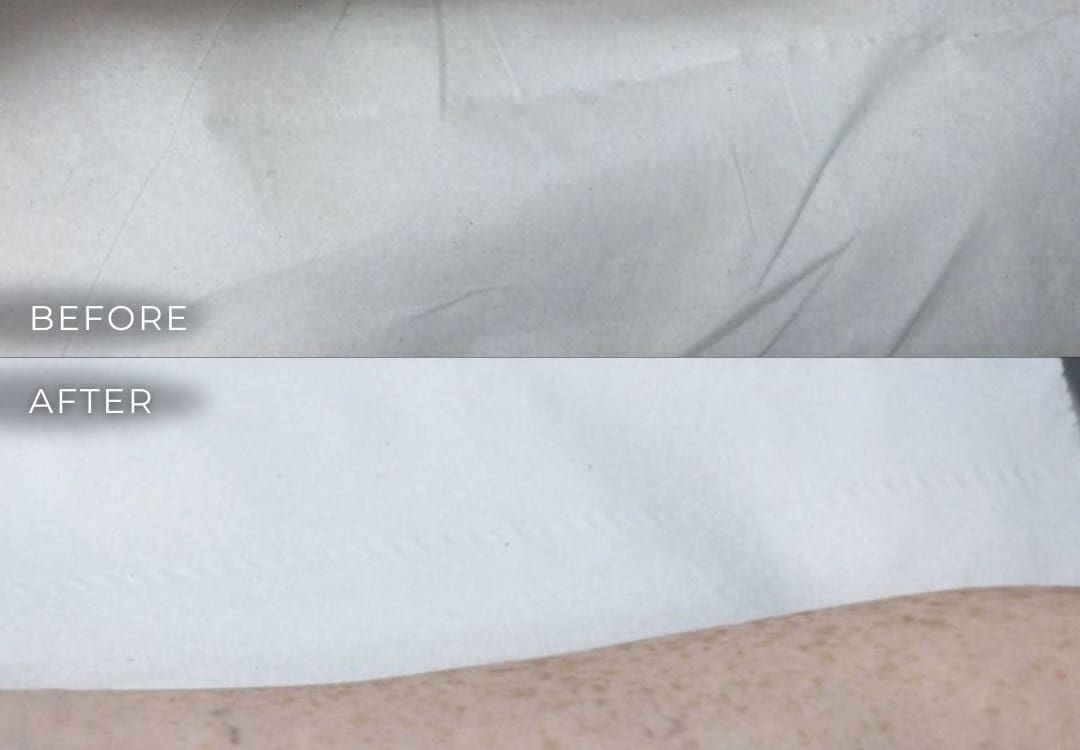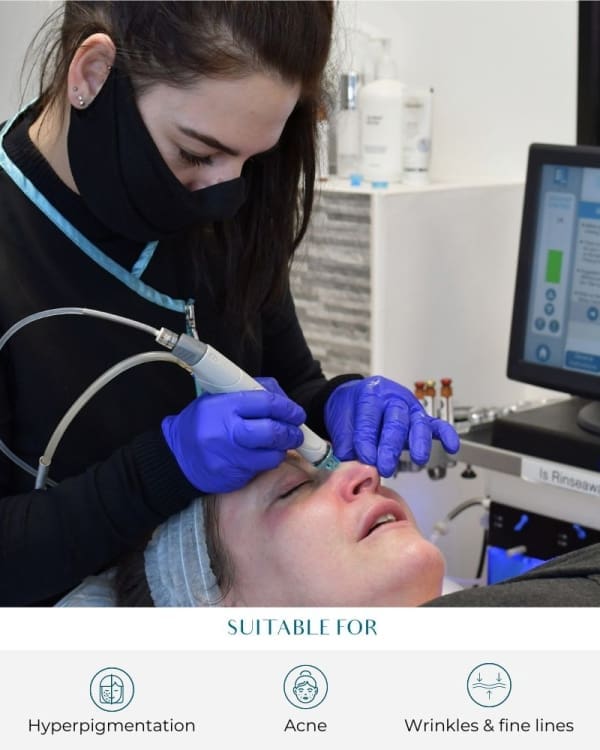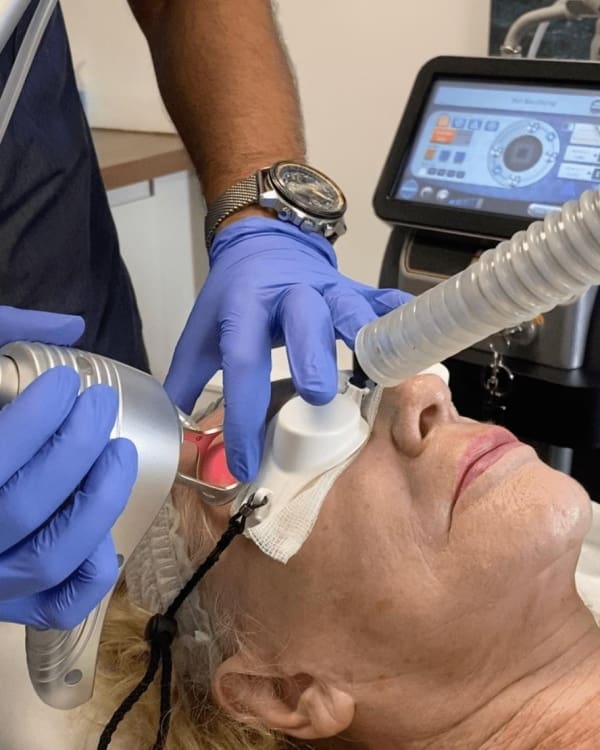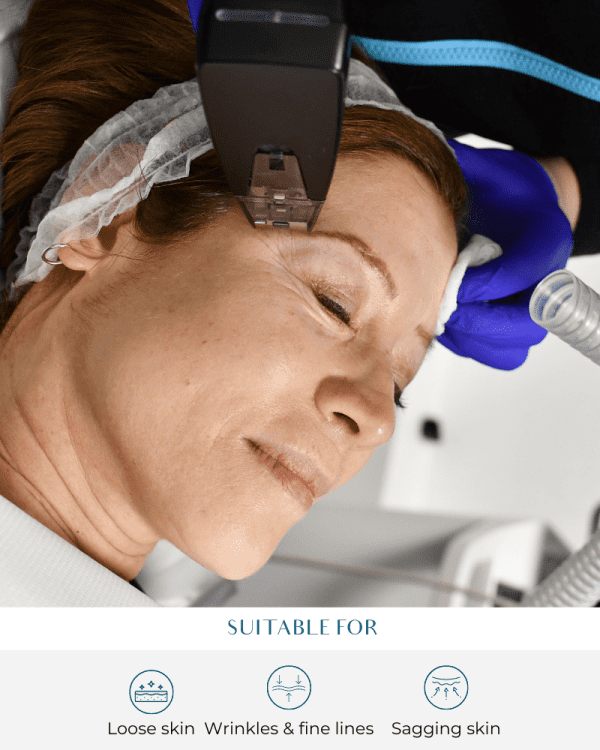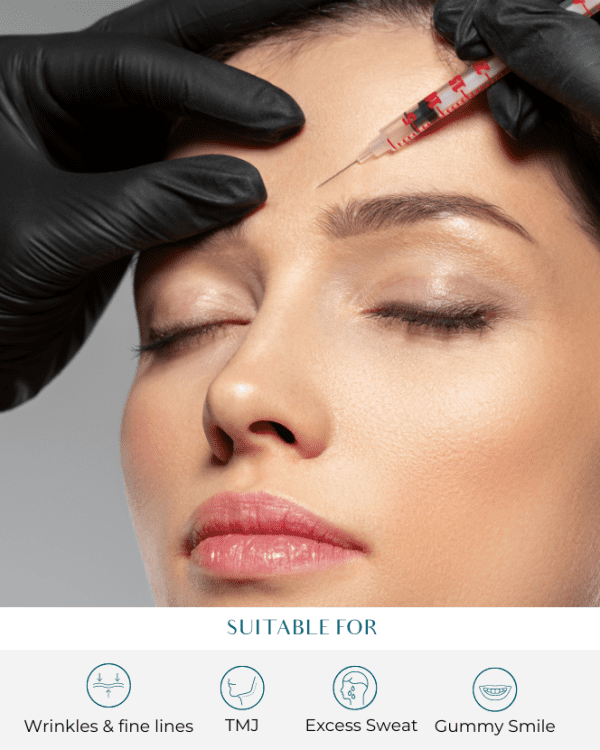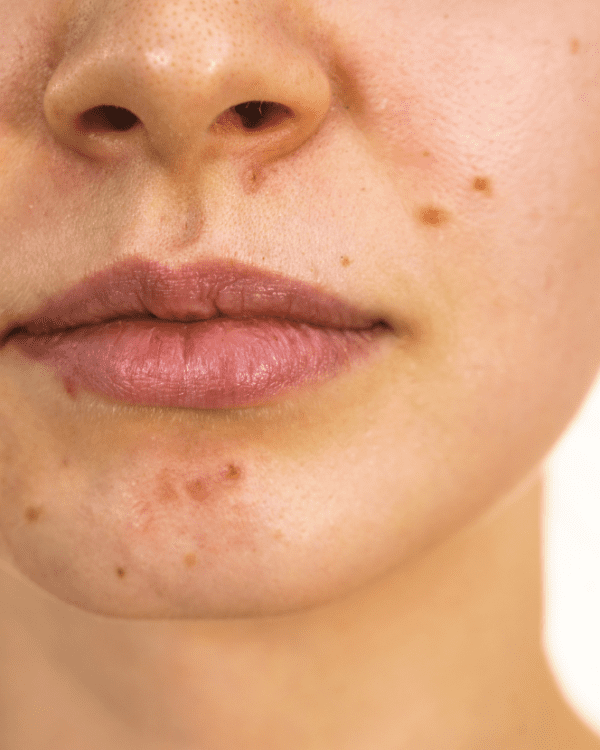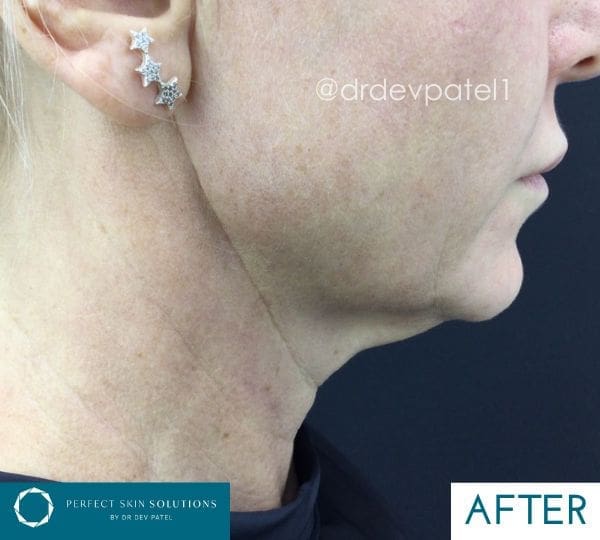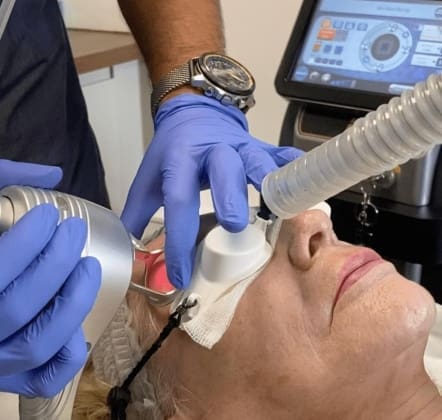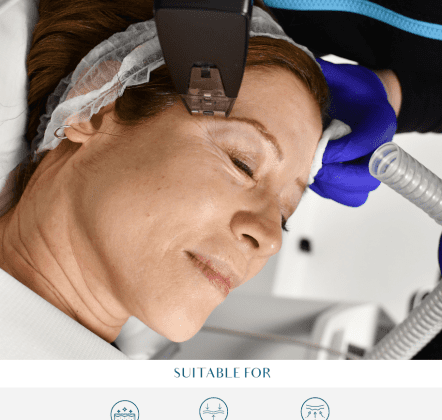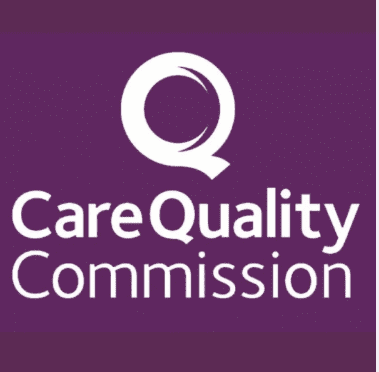Everything You Need to Know About Getting Tattoos Removed
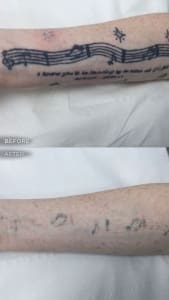
Tattoos can be a beautiful expression of individuality, but sometimes, people find themselves wanting to have their tattoos removed. Whether due to a change of heart, a professional requirement or a desire for a cover up tattoo, laser tattoo removal is the most effective tattoo removal method out there.
Laser tattoo removal is the solution for permanent tattoo removal.
How Does Laser Work to Get Tattoos Removed?
The tattoo removal process uses laser technology and treatments to target ink particles in the skin. The laser breaks these particles down into smaller fragments and the body’s immune system clears them out naturally. Over multiple tattoo removal sessions the ink fades and the tattoo disappears. The number of sessions required depends on several factors including tattoo location, skin type, skin tone, tattoo ink and if it’s an older tattoo or new tattoo.
What is Laser Tattoo Removal?
Laser tattoo removal is a non invasive, non surgical procedure that uses high intensity light beams to target and break down unwanted tattoo ink. The process involves the use of specialized lasers that emit specific wavelengths of light and laser energy which is absorbed by the tattoo ink. This absorption breaks down the ink into smaller particles which are then removed by the body’s immune system. Over time this results in the gradual fading and eventual disappearance of the tattoo.
The Science Behind Laser Tattoo Removal
The science behind laser tattoo removal is based on the principle of selective photothermolysis. This involves using laser light to target specific chromophores such as tattoo ink in the skin. When the laser pulses are absorbed by the tattoo ink it heats up and breaks down into smaller particles. These broken down ink particles are then removed by the body’s immune system. This process is repeated over multiple sessions until the tattoo fades away.
Benefits of Laser Tattoo Removal
Laser tattoo removal has many benefits for those who want to remove unwanted tattoos. One of the biggest advantages is its effectiveness; many people experience significant fading or even complete removal of their tattoos. It’s minimally invasive as it doesn’t require any incisions or stitches making it a relatively painless and low risk option.Another benefit is the customizability of laser tattoo removal. The procedure can be tailored to different skin types and tattoo colors to get the best results for each individual. Laser tattoo removal also provides long term results, many people get permanent removal of their tattoos.
Beyond removing unwanted tattoos, laser treatments can also improve the overall appearance of the skin. The process can reduce fine lines and wrinkles and give a smoother and more youthful look. Overall laser tattoo removal is a very effective and versatile solution for those who want to remove or fade their tattoos.
Factors That Affect the Tattoo Removal Process
- Tattoo Size & Complexity: Small tattoos may require fewer sessions while complex tattoos need more treatments and often require multiple treatments for complete removal. In some cases working with a skilled tattoo artist to design a cover up tattoo can be an alternative to removal especially for complex tattoos.
- Ink Depth & Color: Dark skin tones and heavily tattooed skin may require different laser types for effective treatment.
- Skin Sensitivity: People with sensitive skin may experience skin irritation after the laser treatment.
- Tattoo Age: Older tattoos tend to fade faster as the ink has already started breaking down naturally.
- Immune System: A strong immune system helps the body break down broken down ink particles faster.
The Tattoo Removal Procedure
Before starting a medical professional will assess your tattoo and determine the best approach for each laser session involved in the laser treatments. A numbing cream or local anesthetic may be applied to minimize discomfort which is often compared to a rubber band snapping against the skin. The treated area may experience slight redness or swelling similar to a mild sunburn. Proper aftercare instructions will be given to reduce the risk of skin irritation and promote healing.
How Many Sessions Are Required for Complete Tattoo Removal?
The number of laser treatments needed for complete tattoo removal depends on:
- Ink density: Dark, heavily saturated tattoos require more treatments.
- Tattoo location: Tattoos closer to the heart fade faster due to better circulation.
- Skin type: Different skin types react uniquely to laser removal.* Tattoo age: Older tattoos are easier to remove.
Most tattoos need 5-10 sessions for complete removal. Some may need multiple sessions over several months for best results.
At Perfect Skin Solutions, we use the advanced PicoMax laser machine, a cutting-edge device designed for laser tattoo removal. This powerful laser technology delivers ultra-short pulses to break down ink particles more effectively, leading to faster results with fewer sessions. The PicoMax laser is suitable for various skin types, including those with sensitive skin, and minimises the risk of skin irritation, making the removal process safer and more efficient.
Laser Tattoo Removal for Sensitive Skin
Laser tattoo removal can be done on sensitive skin but certain precautions need to be taken to minimize skin irritation. This includes using a topical anesthetic cream to numb the skin before treatment, adjusting the laser settings for sensitive skin and using a cooling device to reduce heat and discomfort. Following a gentle aftercare routine to soothe and calm the skin is also important.
Some laser tattoo removal devices are designed for sensitive skin like the PicoSure laser device. This device uses ultra-short pulses to target the tattoo ink with minimal heat and discomfort making it suitable for sensitive skin.
Laser Tattoo Removal vs Other Methods
Laser removal is the most effective and safest way to remove unwanted tattoos. Compared to other methods like surgical excision, dermabrasion and tattoo removal creams, laser tattoo removal has many advantages. These include minimal risk of scarring and skin irritation, high success rate for removing a wide range of tattoo ink colors and non-invasive and non-surgical. Sessions are quick and minimal downtime and recovery time.
However, laser tattoo removal may not be suitable for everyone especially those with darker skin or certain medical conditions. Consult with a qualified practitioner to determine the best course of treatment for your tattoo and skin type.
Other Tattoo Removal Methods
While the laser removal procedure for laser tattoo removal is the most effective option, some people try tattoo removal creams, chemical peels and dermabrasion. However these alternatives are less effective, more painful and carry a high risk of scarring. Consult a medical professional before trying any tattoo removal method. Some individuals opt for a cover up tattoo, working with a tattoo artist to design a new tattoo that covers the unwanted one.
Cover Up Tattoo Options
If not ready or able to undergo laser tattoo removal, cover-up tattoos can be an option. Cover-up tattoos involve creating a new design that covers the existing tattoo. One of the benefits of cover-up tattoos is the quick results; the new design can cover up the unwanted tattoo immediately.
Cover-up tattoos are highly customizable, you can choose a design that fits your style and preference. This option can be less expensive than laser tattoo removal especially for smaller tattoos. It’s a permanent solution for those who want to hide their unwanted tattoos.
However, cover-up tattoos may not be suitable for everyone. Those with sensitive skin or certain medical conditions should consult with a professional tattoo artist to determine the best course of action. A skilled tattoo artist can design a cover-up tattoo that hides the existing tattoo while considering the individual’s skin type and preference.
Tattoo Removal Cost
Tattoo removal cost depends on the size and complexity of the tattoo, type of laser used, laser removal cost and number of sessions. Smaller tattoos are cheaper to remove than larger or more intricate tattoos.
Healing Process and Aftercare
After each laser treatment session, follow proper aftercare instructions to ensure smooth healing process:
- Apply antibacterial ointment to prevent infection.
- Avoid sun exposure on the treated area.
- Keep the skin moisturized and don’t scratch or pick at the area.
Is Laser Tattoo Removal for You?
If you have many tattoos, considering a cover up tattoo or want to completely remove one tattoo, laser removal sessions are the safest and most effective option. Consult a medical professional to determine the best approach based on your skin type, tattoo ink and tattoo location.
Whether you have older tattoos, small tattoos or larger, more intricate designs, laser tattoo removal works for clear skin again.
Laser Tattoo Removal for Older Tattoos?Laser tattoo removal is more suitable for older tattoos as they are easier to remove than newer ones. Over time, tattoos fade and the ink particles become more accessible to the laser. Older tattoos also have less defined lines and less vibrant colors which can be targeted more effectively by the laser.
However, the effectiveness of laser tattoo removal for older tattoos depends on many factors such as the type and color of ink used, individual’s skin type and tattoo location. For example, tattoos near the heart may fade faster due to better circulation.
A consultation with a professional laser technician is necessary to determine the best course of action for your tattoo. They can assess the tattoo’s characteristics and recommend a customized treatment plan to achieve the best results.
What to Avoid Before a Laser Tattoo Removal Session
Before undergoing laser tattoo removal, avoid certain activities and products to get optimal results and minimize complications. Here are some things to avoid:
- Sun Exposure: Avoid sun exposure, tanning beds and self-tanners for at least 2 weeks before the procedure. Sunburned or tanned skin can increase the risk of complications and affect the treatment.
- Harsh Exfoliants: Don’t use harsh exfoliants or chemical peels on the treated area for at least 2 weeks before the procedure. These products can irritate the skin and make it more sensitive to the laser.
- Makeup: Avoid applying makeup or skincare products on the treated area for at least 24 hours before the procedure. Clean, product-free skin ensures better laser penetration and reduces the risk of irritation.
- Blood-Thinning Medications: Avoid taking blood-thinning medications such as aspirin or ibuprofen for at least 24 hours before the procedure. These medications can increase the risk of bruising and bleeding.
- Smoking: Avoid smoking for at least 24 hours before the procedure as it can reduce blood flow and oxygenation to the skin and affect the healing process.
Follow the pre-procedure instructions given by your laser technician to get optimal results and minimize complications. Proper preparation can help achieve the best outcome from your laser tattoo removal sessions.















